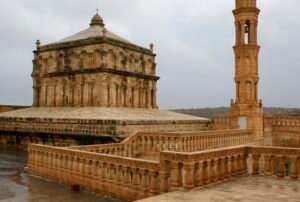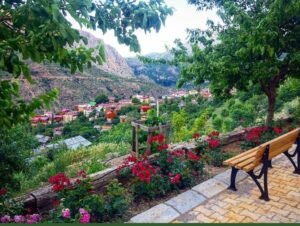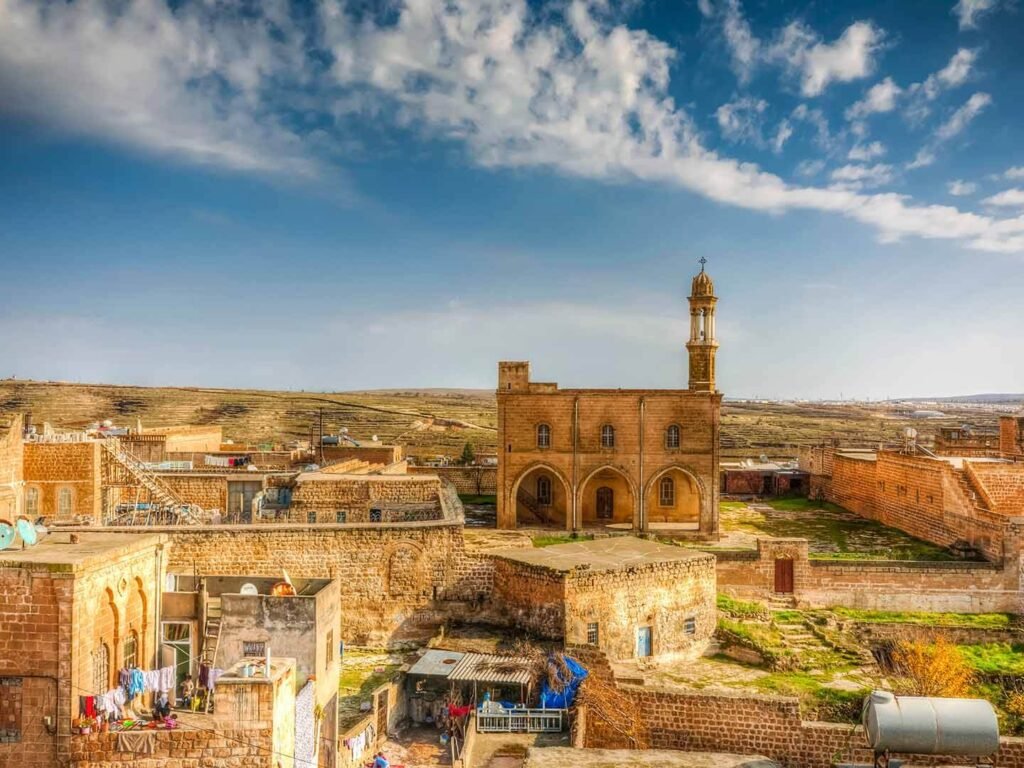Two more sites within Turkey have been added to the UNESCO World Heritage Tentative List. The total number of Turkish assets has now reached 85.
All 85 sites are from the Gobeklitepe archaeological site in Turkey’s southeastern province of Sanliurfa, and the ancient city of Ephesus in western Anatolia. These are the two Turkish towns that most recently entered the UNESCO World Heritage list.
Apart from Turkey’s spectacular beaches and other natural attractions such as mountain resorts and forests, the UNESCO-certified cultural assets also attract millions of tourists from around the world.
The Late Antique and Medieval Church and Monasteries of Midyat, and the surrounding area (Tur Abdin) in the southeastern Mardin, as well as the historic town of Kemaliye in the Erzincan province, were added to the list, according to the Culture and Tourism Ministry statement.
Tur Abdin in the southeastern Mardin
The Tur Abdin region in Midyat houses early examples of monastic architecture, a place that has seen intense construction and change since the early periods of Christianity. Midyat is known to be the historic center of the Assyrians in Turkey. There are monasteries everywhere. Midyat, an historic town of Mardin, is located in southeastern Anatolia.
Several empires have ruled this small town, including Assyrians, Persians, Romans, Byzantines, Seljuks and the Ottomans.
Today, people from different religions and sects live in the region together, continuing on the path of social harmony as seen throughout the centuries.
It witnessed the emergence of a new and unique architectural language that can be associated with the Syriac Orthodox community throughout history.
The rural landscape, a limestone plateau, covers 80 villages with approximately 100 churches and 70 monasteries.
Together with surrounding terraced vineyards, olive and almond trees, the monasteries and churches form a dramatic landscape.

Erzincan Kemaliye
Kemaliye is known for its historic architecture, including many Ottoman-era houses. It is also notable for its commanding view of the river Karasu (Euphrates) flowing south through a gorge above the Keban dam.
It also connects northern and southern cities within the region by a valley among high mountains and cliffs. In addition to this, the town is blessed with unique natural elements.
The historic town of Kemaliye became an important trade center within the eastern Anatolia region due to the caravan routes of the Silk Road.
The Karanlik (Dark) Canyon which, is among the five deepest canyons in the world, has a depth of 1,000 metres. The canyon is spread over 35 kilometres.


